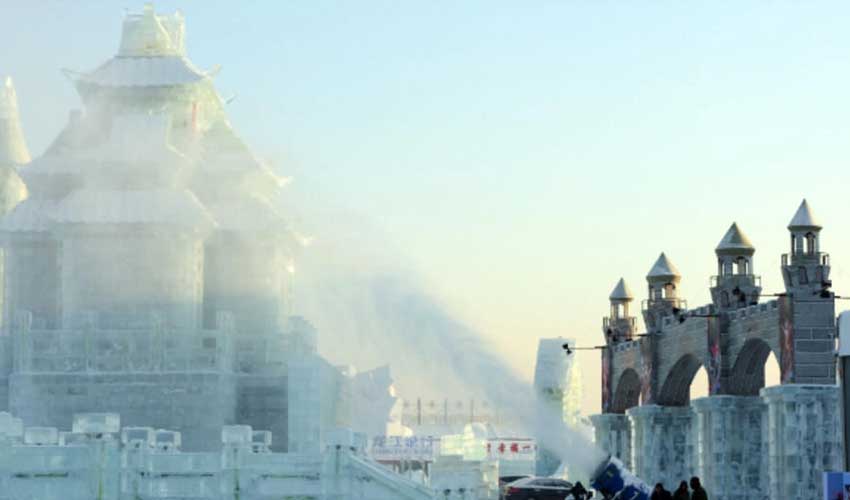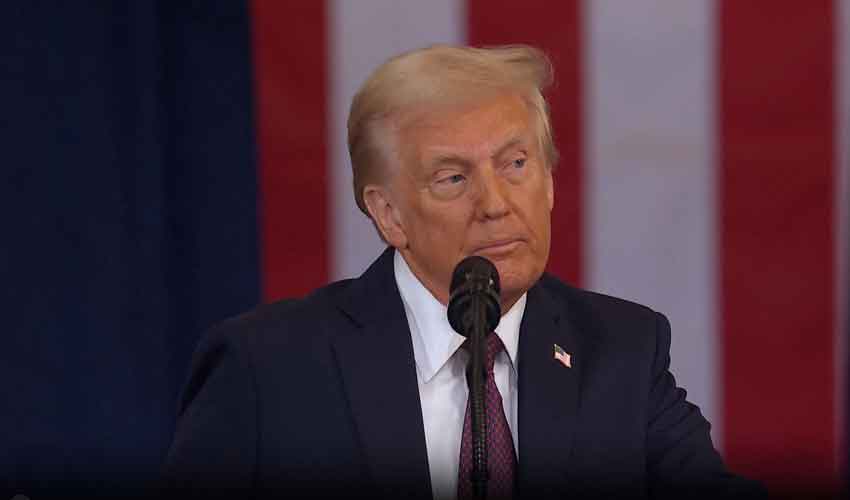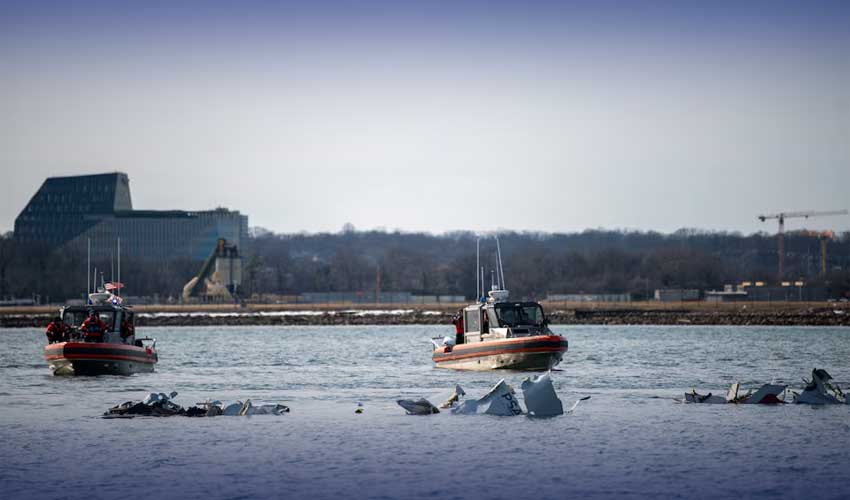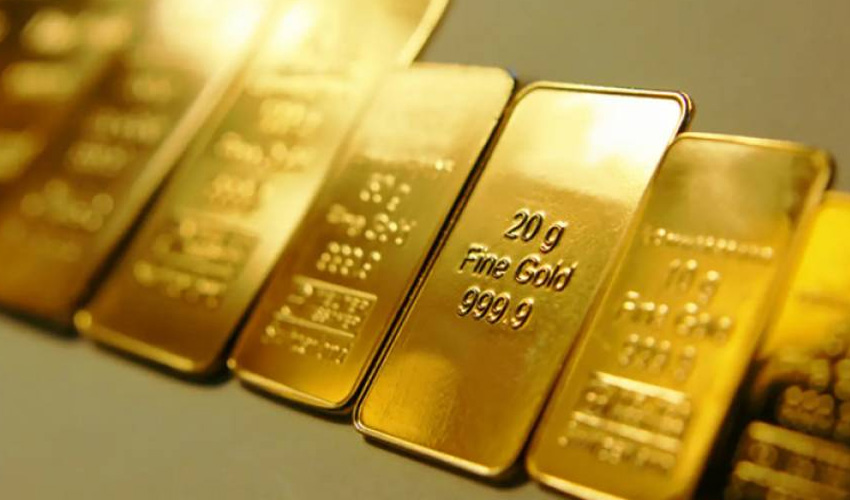Harbin, the renowned "ice city" in northeast China, celebrated a surge in tourism over the New Year holiday, largely fueled by the allure of its spectacular Ice and Snow Festival.
The city's grand ice sculptures, crafted from blocks harvested from the frozen Songhua River, illuminated the landscape at night, drawing an unprecedented 3.05 million visitors during the three-day holiday.
The state media agency reported on Wednesday that the festival generated a staggering 5.91 billion yuan ($826 million) in tourism revenue, surpassing pre-COVID visit numbers from 2019.
The city's accommodation and catering sectors experienced growth more than double that of 2019, with the tourism department attributing this surge to Harbin's increasing popularity on social media platforms.
The success of Harbin's winter tourism coincided with China's services sector experiencing its fastest pace of expansion in five months in December, elevating optimism within the industry to a three-month high.
Harbin's authorities strategically orchestrated a variety of activities, including live performances, concerts, theme parks, and fireworks displays, along with improvements in dining, accommodation, and shopping services, to enhance the overall tourist experience.
The Ice and Snow Festival park alone welcomed a remarkable 163,200 visitors during the New Year holidays, marking a more than fivefold increase from the previous year.
The festival's opening day, which coincided with a special public holiday called the Ice and Snow Holiday, saw nearly 40% of holidaymakers visit.
Heilongjiang province, where Harbin is located, experienced a significant boost in winter tourism, welcoming 6.619 million tourists over the three-day period.
Tourism revenue soared to 6.920 billion yuan, nearly five times the figure from the previous year.
The surge in domestic winter tourism has had a positive impact on local companies in the sector, with shares of ChangBai Mountain Tourism Co., a travel service company based in northeast China, rising by 26% in Shanghai trading since the last week of December, outperforming benchmark shares.



























